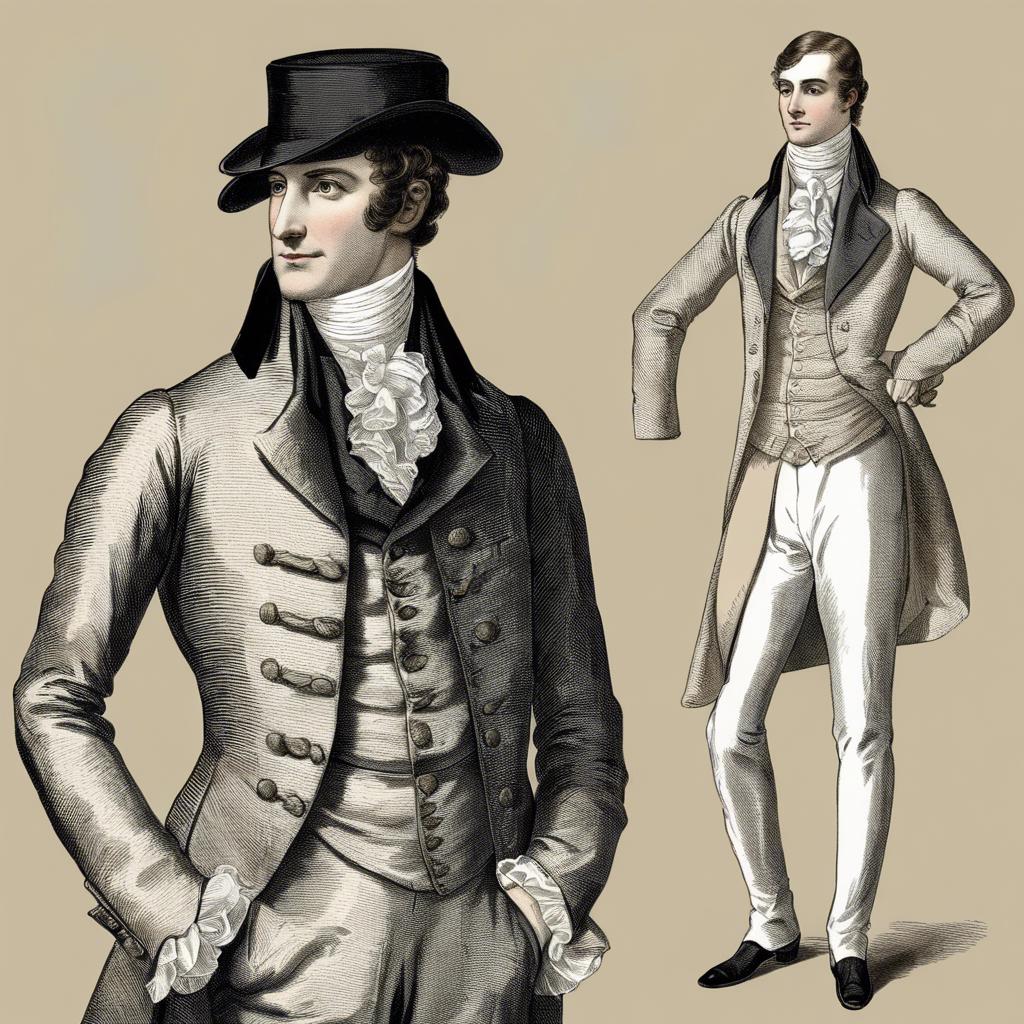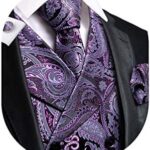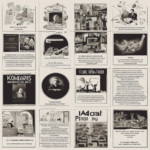During the early 19th century, a sartorial revolution took place in England that would forever influence men’s fashion. The Regency era, named after the period in which George IV ruled as Prince Regent, witnessed the emergence of a new style of tailored suit that became synonymous with elegance and refinement. Steeped in history and tradition, the Regency era suit continues to be a sartorial benchmark, embodying the sophistication and grace of a bygone era. In this article, we delve into the intricate details and timeless charm of the Regency era suit, exploring its evolution and enduring legacy in the world of men’s fashion.
Step Into the World of Cheryl Bolen
Dive into the enchanting stories of love, intrigue, and elegance set in the Regency Era. Cheryl Bolen's novels offer timeless romance and captivating tales that will leave you wanting more.
Explore Cheryl Bolen's Books Now
Introduction to Regency Era Suits
In the Regency era, men’s fashion was defined by the elegant and refined style of Regency era suits. These suits were characterized by their slim, tailored silhouette and sophisticated details. Made from luxurious fabrics such as wool and silk, Regency era suits were a symbol of status and wealth.
One of the key features of a Regency era suit was the tailcoat, which was worn over a waistcoat and trousers. The tailcoat was typically made with a high collar, long tails, and intricate embroidery or embellishments. The waistcoat, usually made from silk, added a touch of color and pattern to the ensemble. Trousers were high-waisted and snug-fitting, completing the sleek and polished look of a Regency era suit.
Accessories played a vital role in completing a Regency era suit. Men would accessorize with top hats, cravats, gloves, and walking canes, adding a touch of sophistication to their ensemble. The overall effect was a look that exuded elegance and refinement, making Regency era suits a timeless fashion statement that continues to inspire designers and fashion enthusiasts today.
Elegant Design and Tailoring of Regency Era Suits
In the Regency era, suits were crafted with the utmost attention to detail and elegance. The tailoring of these suits was a true art form, showcasing the craftsmanship and skill of the tailors of that time. Each suit was made to fit the individual perfectly, enhancing their silhouette and exuding sophistication.
The design of Regency era suits incorporated classic elements such as high collars, fitted jackets, and tailored trousers. The fabrics used were of the highest quality, often luxurious materials such as silk, wool, and linen. These suits were a symbol of status and sophistication, worn by the elite of society during this period.
From ballrooms to drawing rooms, Regency era suits were a staple in men’s fashion. The attention to detail in the tailoring and design of these suits set them apart from other styles of the time. Whether attending a formal event or simply going about their daily business, men in Regency era suits always made a statement with their impeccable style.
Luxurious Fabrics and Embellishments in Regency Era Suits
In the Regency era, suits were not just garments; they were a symbol of status, wealth, and sophistication. One of the regency era jewelry for sale”>key elements that set Regency era suits apart from others was the luxurious fabrics and embellishments used in their construction.
Fabrics: Regency era suits were made from the finest materials, such as silk, wool, and linen. These fabrics were imported from exotic locations, adding to the prestige of the garment. The silk used in these suits was often of a high quality, with a smooth texture and a subtle sheen that reflected the wearer’s elegance and refinement.
Embellishments: To further enhance the opulence of Regency era suits, they were often adorned with intricate embellishments. These embellishments could include intricate embroidery, fine lace, or delicate beadwork. These details added a touch of luxury to the suits, making them truly stand out in a crowd.
Color Palette: The color palette of Regency era suits was typically subdued and elegant, reflecting the understated sophistication of the era. Colors such as black, navy, and deep red were common, with the occasional use of pastel shades for a more whimsical touch. The use of these colors, combined with the luxurious fabrics and embellishments, created a look that was both timeless and unforgettable.
Tips for Incorporating Regency Style into Modern Wardrobe
Incorporating Regency style into your modern wardrobe can be a fun and elegant way to stand out from the crowd. One key element of Regency fashion is the tailcoat, a staple garment for men during this era. A well-tailored tailcoat in a classic black or navy color can instantly elevate your look and give you a touch of old-world charm.
Pairing the tailcoat with a crisp white shirt and high-waisted trousers is a great way to channel the Regency aesthetic. Opt for trousers with a slight flare at the bottom for an authentic touch. Complete your outfit with a pair of polished black shoes and a silk cravat for a sophisticated finishing touch.
Accessories are key when it comes to Regency style. Add a top hat and a pocket watch for a truly dapper look. Don’t be afraid to experiment with different textures and patterns to add depth to your ensemble. With these tips, you’ll be able to seamlessly blend Regency style into your modern wardrobe and turn heads wherever you go.
Key Takeaways
the Regency era suit represents a significant period in men’s fashion history, characterized by elegance, refinement, and tailored sophistication. While its popularity may have waned over the years, the legacy of the Regency era suit lives on in modern tailoring and formal attire. By understanding and appreciating the sartorial traditions of the past, we can gain a deeper appreciation for the evolution of menswear and the enduring influence of the Regency era on contemporary fashion. As we continue to look back on the styles and trends of bygone eras, let us not forget the timeless elegance and heritage of the Regency era suit.


